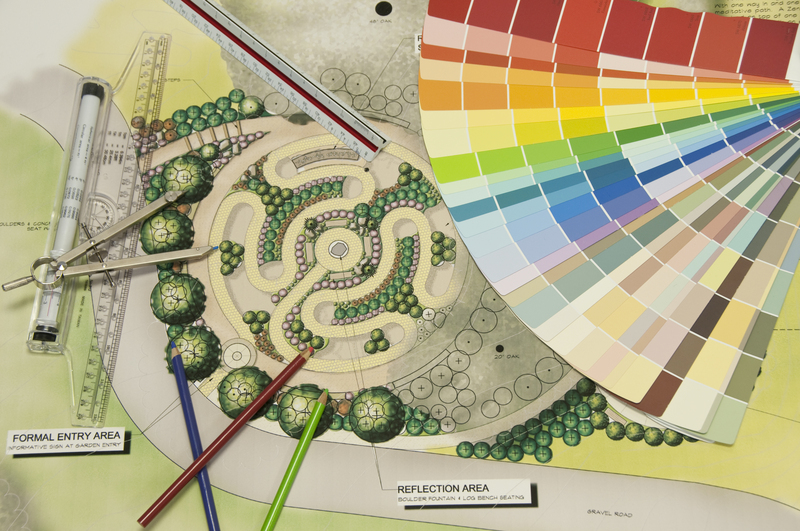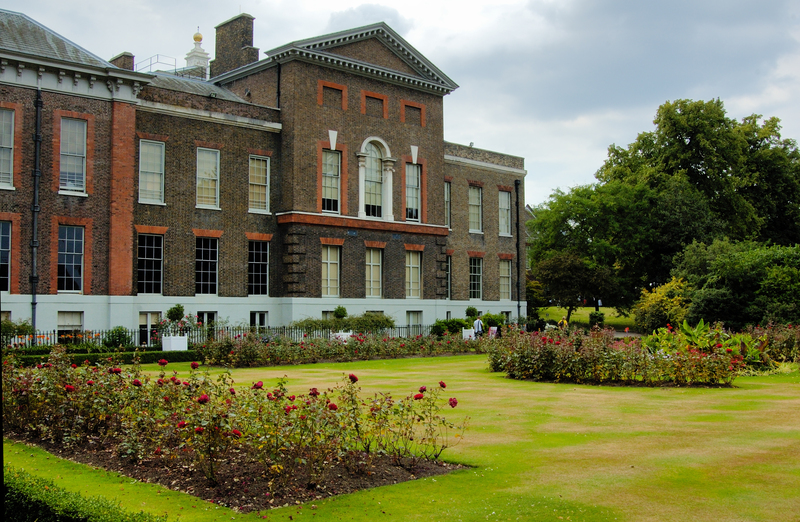Evergreen Climbers: Bringing Color to Shady Spaces
Posted on 19/05/2025
Evergreen Climbers: Bringing Color to Shady Spaces
When envisioning a vibrant garden, many people picture sunny borders brimming with perennials. However, shady spaces possess their own charm and potential. Evergreen climbers are ideal candidates for transforming these areas, effortlessly bringing color and texture to spots often overlooked. In this comprehensive article, we'll explore how these resilient plants can revitalize your shaded garden areas.

Understanding Evergreen Climbers
Evergreen climbers are plants that maintain their leaves throughout the year, providing consistent foliage and interest. These climbers are particularly valuable in shaded areas, where they can add dimension to otherwise dull spaces. Because they climb, they elevate greenery beyond just ground level, making imaginative use of vertical spaces.
The Benefits of Evergreen Climbers in Shaded Areas
- Year-round greenery: Unlike deciduous plants, evergreen climbers offer a perennial green canvas.
- Low maintenance: Many varieties are hardy and require minimal care.
- Space optimization: Vertical growth means they can grow in tighter spaces.
- Their leaves can provide a lush backdrop, serving as a backdrop for seasonal blooms or textured foliage.
Top Evergreen Climbers for Shade
When choosing the right plant for your shaded area, consider its combination of aesthetic appeal, growth habits, and care requirements. Below, we provide a list of highly recommended evergreen climbers that thrive in shady environments:
1. Hedera Helix (English Ivy)
English ivy is a classic choice for shaded spaces. Its fast-growing nature and ability to climb with ease make it a popular option. This vine can create stunning green walls when allowed to climb trellises or fences. While it is a vigorous grower, it is essential to maintain it regularly to prevent it from overwhelming other plants.
2. Lonicera japonica (Japanese Honeysuckle)
Known for its sweetly scented flowers, the Japanese honeysuckle is both beautiful and functional. While it prefers some sunlight, it can adapt to shaded areas. Its blooms, rich in nectar, attract bees and hummingbirds, adding biodiversity to your garden.
3. Clematis armandii (Evergreen Clematis)
The Evergreen Clematis is cherished for its fragrant, star-shaped white flowers. Blooming typically in early spring, this climber remains attractive throughout the year due to its leathery leaves. It's an excellent choice for pergolas and trellises, infusing shaded areas with life.
4. Trachelospermum jasminoides (Star Jasmine)
The glossy leaves and sweet-scented white flowers of the Star Jasmine are hard to resist. This climber can be grown on walls, fences, or trellises and thrives in partial shade--making it ideal for dimmer garden spots.
5. Euonymus fortunei (Wintercreeper)
This versatile climber offers vibrant foliage hues throughout the year. Depending on the variety, its leaves can range from deep green to variegated patterns. It's a tough plant, able to withstand varying conditions, from deep shade to partial sunlight.

Design Tips for Incorporating Evergreen Climbers
Creating an impactful garden with evergreen climbers in shady spaces involves a few strategic design considerations. Here's how to maximize their potential:
Embrace Vertical Gardening
Given their natural tendency to climb, use evergreen climbers to add vertical elements to your garden design. Train them up walls, trellises, or pergolas to create living sculptures that add depth and interest.
Use as Ground Covers
When allowed to sprawl horizontally, some evergreen climbers can serve as efficient ground covers. This approach is particularly useful in areas where traditional grass struggles to grow due to lack of light.
Mix Textures and Colors
Integrate different leaf shapes and variegation patterns to craft a rich tapestry of texture and color. This could involve pairing the delicate foliage of Clematis with the robust leaves of Ivy for a dramatic effect.
Combine with Deciduous Plants
Marrying evergreen climbers with deciduous counterparts can create a dynamic landscape that changes with the seasons, offering continuous interest.
Care and Maintenance
Ensuring that your evergreen climbers thrive in shade requires some thoughtful care:
- Pruning: Regular trimming helps manage growth and encourages bushier growth.
- Soil health: Ensure well-draining soil rich in organic matter to support robust growth.
- Watch for pests: Keep an eye out for common pests such as aphids and treat promptly.
- Water wisely: While shade can mean less sun exposure, ensure plants are watered adequately, especially during dry spells.
By incorporating evergreen climbers into your shaded spaces, you not only breathe life into often-neglected areas but also enrich your garden's biodiversity and appeal. With a bit of care and creativity, these versatile plants will transform your garden into a lush sanctuary year-round.

